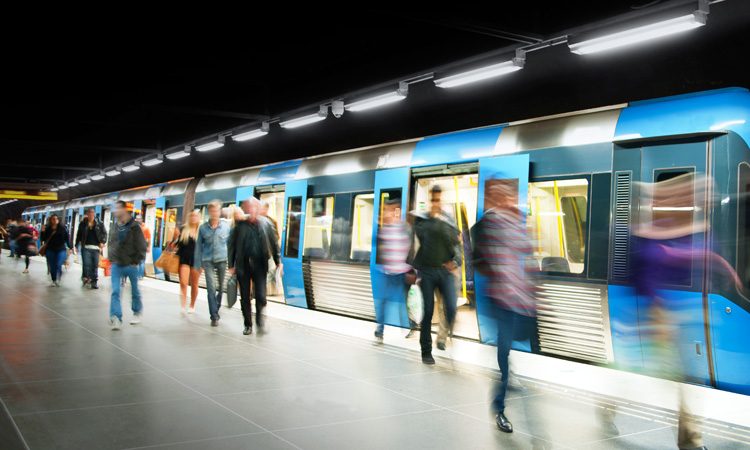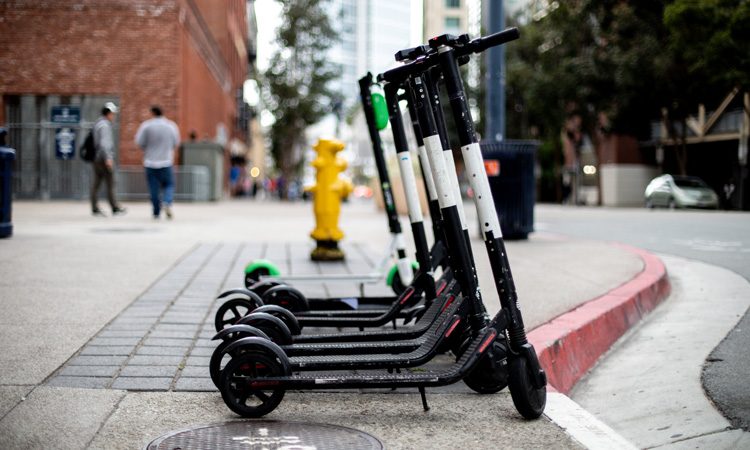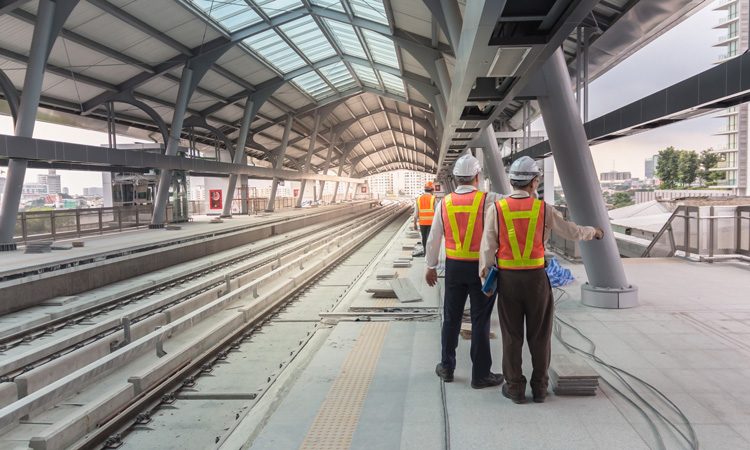Top five factors in creating successful MaaS systems
- Like
- Digg
- Del
- Tumblr
- VKontakte
- Buffer
- Love This
- Odnoklassniki
- Meneame
- Blogger
- Amazon
- Yahoo Mail
- Gmail
- AOL
- Newsvine
- HackerNews
- Evernote
- MySpace
- Mail.ru
- Viadeo
- Line
- Comments
- Yummly
- SMS
- Viber
- Telegram
- Subscribe
- Skype
- Facebook Messenger
- Kakao
- LiveJournal
- Yammer
- Edgar
- Fintel
- Mix
- Instapaper
- Copy Link
Posted: 7 October 2019 | Sam Mehmet (Intelligent Transport) | No comments yet
In a webinar previewing this year’s Intelligent Transport Conference, we brought together four industry experts to discuss the potential for MaaS implementation and, in turn, its potential to make our cities smarter. Here, Intelligent Transport’s Sam Mehmet picks the key findings from the discussion.
1. Passenger relationships


Mobility-as-a-Service (MaaS) has the potential to impact the lives of almost everyone living in urban areas, and – in time – surburban and rural locales, too. If MaaS is going to work, those using the services within it require communication and information about services in real time, both on demand and delivered directly to them. Oliver Bratton, Operations Director, European Business, MTR Corperation, raised the question: who is responsible for providing information about a large network of integrated services when things go wrong?
Thomas Geier, Mobility and Transport Specialist, EMTA, said that there are four key perspectives when considering MaaS:
- Governments, who see MaaS as a way of achieving policy goals and achieving emission targets
- Transport authorities, who want to provide better and updated services
- Mobility service providers, who see MaaS as a means to make money
- Operators, who are often hesitant to have their services integrated for fear of jeopardising brand identity or control.
The sometimes disparate nature of the aims of each stakeholder can create confusion and inconsistencies, which in turn makes it challenging to know which of them should truly be responsible for maintaining passenger relationships and providing up-to-date information in a MaaS system.
2. Trust in mobility ecosystems


Part of the concern about passenger relationships within MaaS relates to the idea of trust in mobility ecosystems. With operators being the face of public transport, the webinar panel explained that the question of who takes what role in MaaS is crucial to solve.
Who owns this relationship with the passengers? Who owns the app interface that the passenger interacts with?
Issues, such as the impact of weather on services, need to be communicated efficiently; for a user making a journey across multiple modes of transport, each mode will experience different impacts from the weather, or the user’s willingness to use a certain mode due to adverse weather will change. These kinds of communications about journey disruption must become a key part of MaaS in order to build user trust in the mobility packages they’re using.
Who owns this relationship with the passengers? Who owns the app interface that the passenger interacts with?
The webinar panellists explained how important it is for stakeholders and passengers alike that the same assurances exist in MaaS as when owning a car. Knowledge of how to resolve problems, find necessary alternatives, and access MaaS in unknown territories, must exist.
However, it’s not only a case of trust between user and mobility provider; trust must also exist between the different mobility stakeholders. Without common understanding of regulation, ownership and individual responsibilities, MaaS will not succeed.
3. The needs of communities


MTR’s Oliver Bratton stated that people generally have a vision of what a city should be. However, the development of cities in the past few decades cannot be considered predictable, so implementing MaaS systems that assume future needs is not a viable approach. “There is an assumption that we know what is right for a city. In practice, modes only solve problems for a short period of time,” Bratton explained. Moreover, in MaaS, we are trying to get ahead of something that we do not have currently, or that there are few working examples of; a network, or multiple joined-up networks, of fully-integrated mobility services. This not only makes it futile to predict the needs of tomorrow’s cities, but also difficult to develop both future technology requirements and business models that would need to support them.
When it comes to the infrastructure requirements needed to support tomorrow’s MaaS systems, the panel noted that multimodal mobility hubs require precise planning, because approval, construction and implementation duration could outdate the needs of that community.
The wants and the needs of a community are two different concepts, and MaaS regulation, or deregulation for that matter, depends on cultural needs, and an appropriate balance, as Dr. Caroline Fabianski, Senior Expert, Governance and Policies, UITP, pointed out.
4. Data management


Customers want to know that their information is protected; during the webinar, EMTA’s Thomas Geier outlined how newer mobility systems run on existing physical infrastructure, and as systems become smarter and more digitalised, accessibility to data must become more refined.
Will it be possible in the near future for users who choose to withhold their data, or unbanked users, to take full advantage of new mobility options?
The concept of tapping in and tapping out provides a dataset that can enable operators and authorities to track trends and relay information about congestion or service popularity, but is doing so an invasion of privacy?
At the same time, will it be possible in the near future for users who choose to withhold their data, or unbanked users, to take full advantage of new mobility options?
5. Addressing the skills shortage


The skills required for the digitalisation of today’s urban transport can currently be considered lacking. Traditionally, the public transport industry and the advanced technology that our future networks require do not coincide, and integrated education is considered key for the future of MaaS to develop. In this process, balance is a necessity; a railway engineer may not possess the knowledge of the digital systems that will be implemented on a railway, and vice versa for those developing the system.
The skills shortage is not easy to fix because technology, databases, and levels of integration, are evolving so quickly, and the skills need to evolve with them.
Related topics
Intelligent Transport Systems (ITS), IoT (Internet of Things), Mobility Services, Multimodality, On-Demand Transport, Public Transport
Related organisations
European Metropolitan Transport Authorities (EMTA), International Association for Public Transport (UITP), MTR Corporation
Related people
Dr. Caroline Fabianski, Oliver Bratton, Thomas Geier








